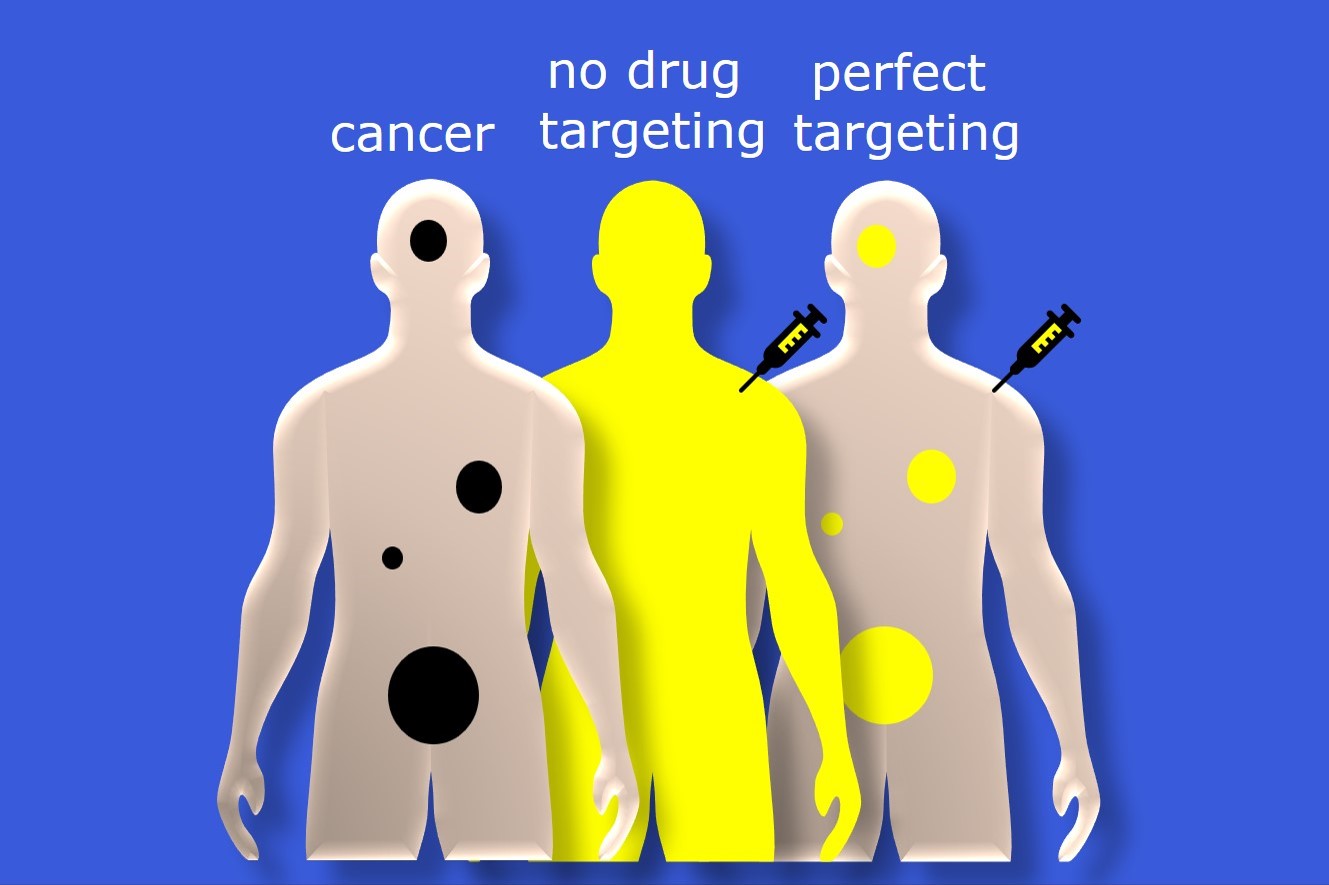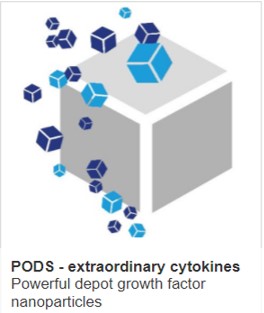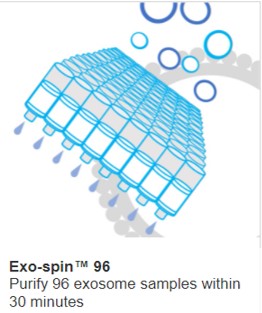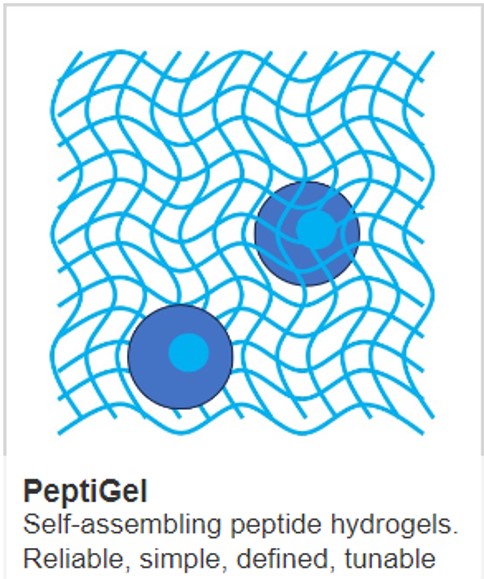Overcoming barriers to cancer protein drug delivery

Metastatic cancer, characterized by the spread of cancer cells from the primary tumor site to distant organs, presents a significant challenge in oncology. Protein drugs, such as monoclonal antibodies and cytokines, have emerged as promising therapeutic agents due to their specificity and ability to modulate immune responses. However, the delivery of protein drugs to metastatic tumors is fraught with obstacles that limit their efficacy. This article explores the barriers to the delivery of protein drugs to metastatic cancer and discusses strategies to overcome these challenges.
Barriers to Delivery:
Physiological Barriers: The body’s natural defense mechanisms, including the immune system and the blood-brain barrier, can impede the delivery of protein drugs to metastatic sites. Proteins are often recognized as foreign entities and are rapidly cleared from circulation by immune cells or degraded by proteolytic enzymes. They are also filtered by the action of the kidneys. Indeed, kidney clearance can be the major mechanism imoacting serum stability of protein drugs.
Endothelial barrier:
Tumor Microenvironment: Protein drugs can struggle to cross from the interior of the blood vessel across endothelial cells to the tumor’s cells. The unique microenvironment of metastatic tumors, characterized by abnormal blood vessel architecture, high interstitial pressure, and a dense extracellular matrix, further hinders the penetration and distribution of protein drugs, which diffuse far more clsly than small molecule drugs, within the tumor tissue.
Stability and Solubility:
Protein drugs are inherently unstable and may lose their therapeutic activity due to denaturation, aggregation, or chemical modifications during storage, transport, and upon entering the body. Additionally, their solubility can be a limiting factor, affecting their bioavailability and distribution.
Targeting Specificity:
Achieving selective targeting of metastatic cancer cells while sparing healthy tissues is a significant challenge. Drugs that target immune cells will activate immune cells outside the cancer. Cytokines, such as IL-2 also have receptors on non-immune cells. If the cancer cell is a direct target of the drug (rather than mobilizing immune cells against cancer), the heterogeneity of cancer cells within metastatic sites can lead to variable expression of target antigens, reducing the binding efficiency and specificity of protein drugs.
Strategies to Overcome Barriers
Nanocarrier Systems:
The development of nanocarriers, such as liposomes, polymeric nanoparticles, and dendrimers, can protect protein drugs from degradation, enhance their solubility, and improve their circulation time. These carriers can be engineered to exploit the enhanced permeability and retention (EPR) effect of tumors, allowing for passive targeting of metastatic sites.
Modification of Protein Drugs:
Chemical modifications, such as PEGylation (attachment of polyethylene glycol chains), can shield protein drugs from immune recognition and enzymatic degradation, extending their half-life in the bloodstream. Genetic engineering can also be used to design proteins with improved stability, solubility, and affinity for cancer-specific antigens, enhancing their therapeutic index.
Active Targeting Strategies:
Conjugating protein drugs with ligands or antibodies that specifically recognize and bind to cancer cell markers can improve the selective delivery of these agents to metastatic sites. This approach can minimize off-target effects and maximize the therapeutic impact on tumor cells.
Tumor Microenvironment Modulation:
Strategies to normalize the tumor vasculature or reduce interstitial pressure can facilitate the deeper penetration of protein drugs into the tumor tissue. Agents that remodel the extracellular matrix or temporarily open the blood-brain barrier can also enhance drug delivery to metastatic sites that are typically difficult to reach.
Trojan Horse delivery:
Phagocytic immune cells, notably macrophages, accumulate in tumours in high numbers. Sometimes more than 50% of the cells in a tumour are macrophages. These immune cells should be fighting the cancer but are suppressed. Nevertheless, they can be readily loaded with drug depot particles, notably PODS made by Cell Guidance Systems, which can then be actively transported into the cancer breaching its defences.
Ultimately, the objective of breaching metastatic cancer's resistance to treatment is to transform the prognosis for patients with metastatic cancer by providing more effective and less toxic therapeutic options. The barriers to protein drug delivery are significant, but with persistent research and innovation, they can be overcome, offering hope for improved survival and quality of life for cancer patients worldwide.
IMAGE: Perfect cancer drug delivery Credit: Cell Guidance Systems
Learn more about powerful technologies that are enabling research:



